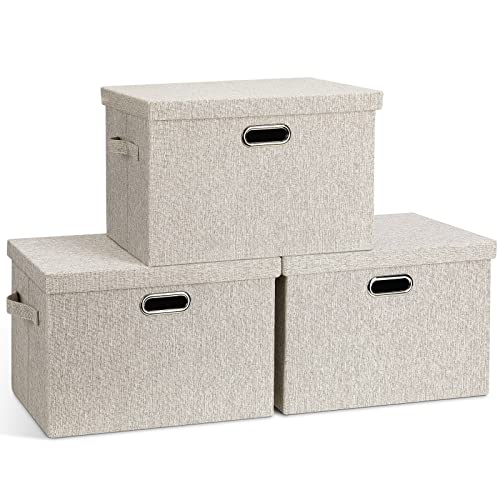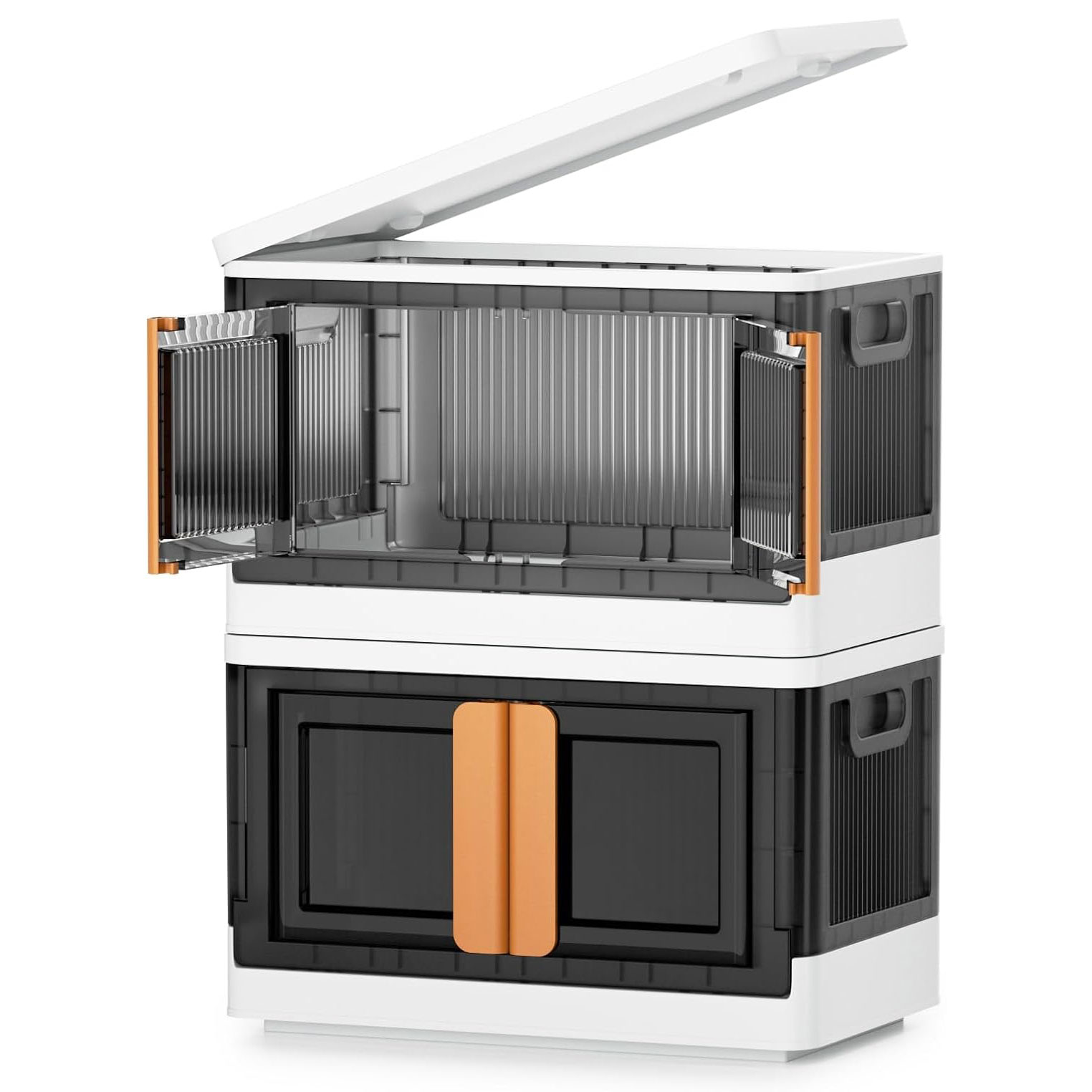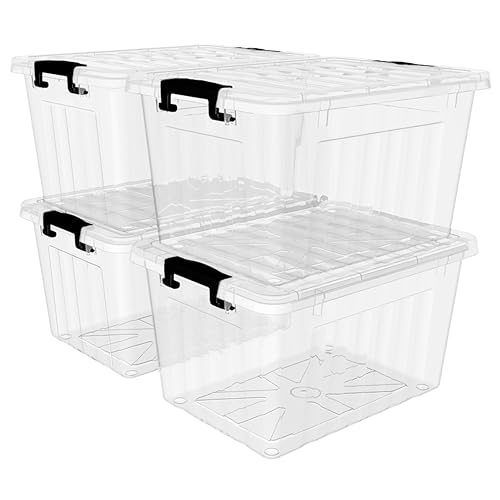The "Packing Party" Decluttering Method Might Be Extreme, But It Can Help You Finally Take Stock of Your Possessions
Following this method is the route to unpacking a simpler life according to some decluttering pros

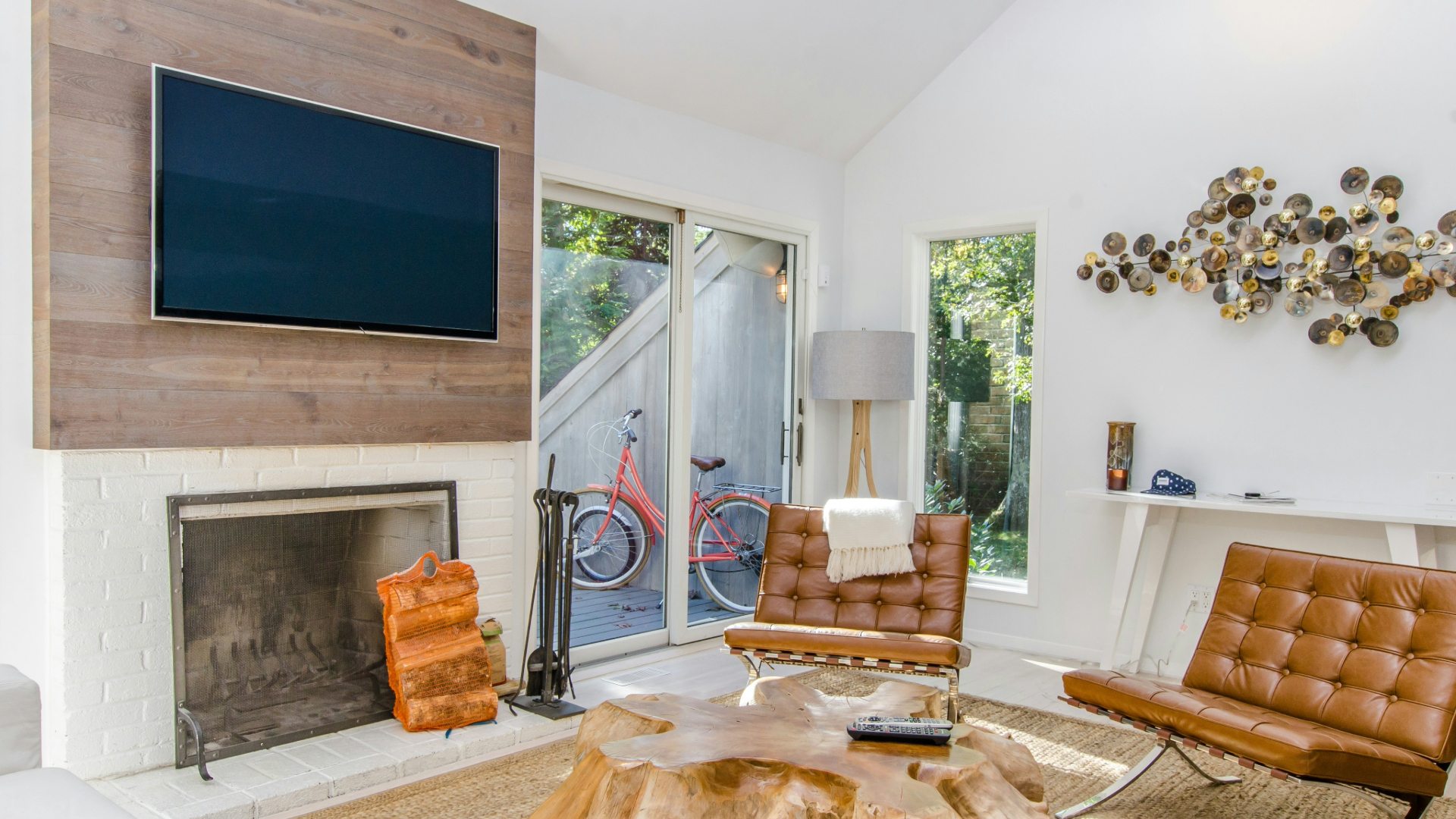
As the years go by, people’s homes accumulate far more possessions than they ever realize. “Stuff” comes from everywhere – gifts, childhood mementos, a past marriage, an old home, sentimental objects passed down from relatives, and the list goes on. My family have recently been looking through the attic and have uncovered more than they expected to find. It’s been interesting seeing all the old stuff come down from there, but at the same time, it has reinforced my desire to always keep the amount of possessions I have in check.
Under the umbrella of minimalism, the ‘packing party’ approach is a popular choice for those of you out there who enjoy decluttering your home as much as a good party. It shares similarities with the move-out method but is simultaneously both more fun and more extreme. However, that isn't to say it will work for everyone.
I talked to professional organizers to learn more about what the packing party decluttering method is, as well as its pros and cons. Here's what they had to say.
What is a 'Packing Party'?
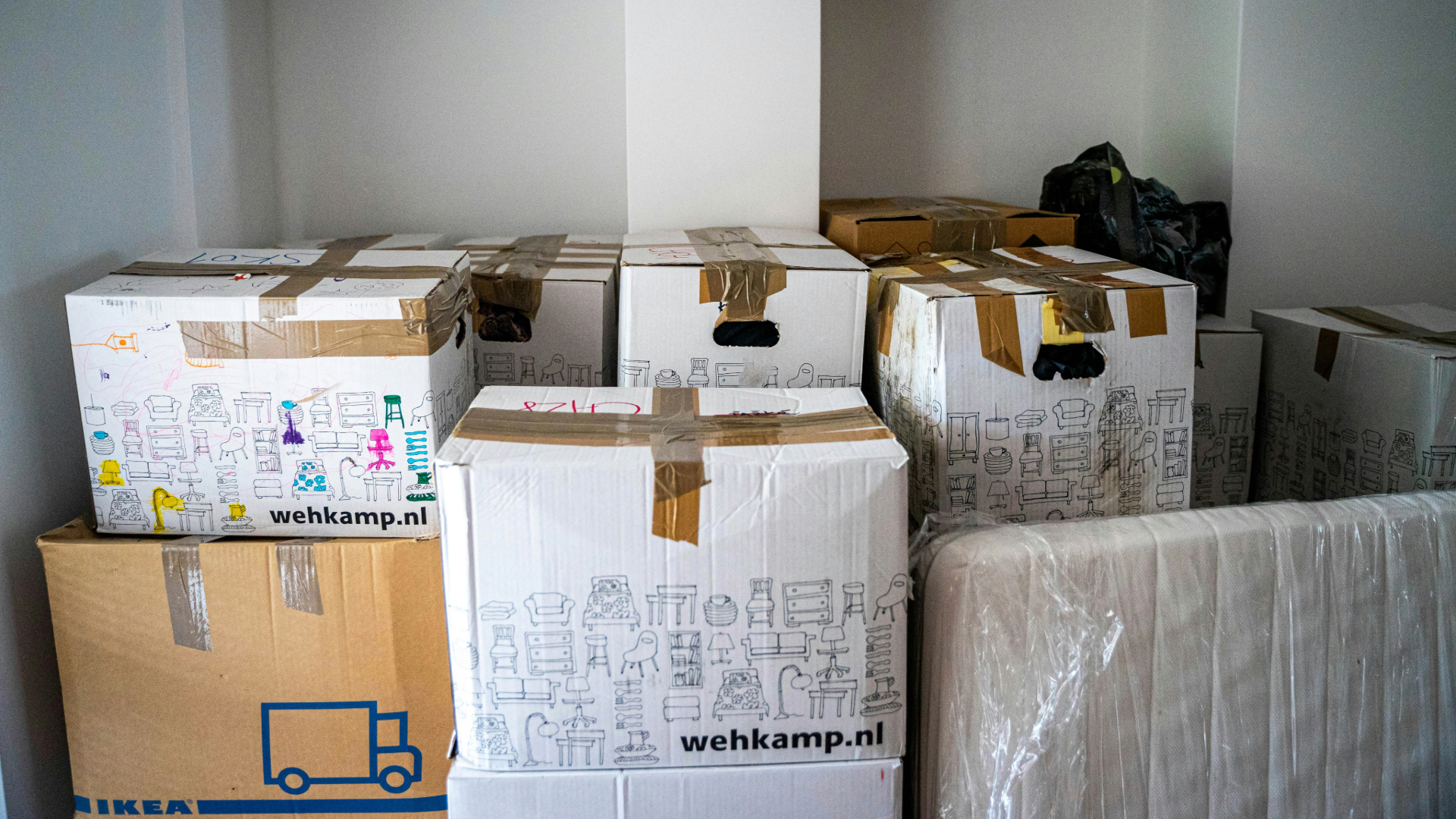
A packing party requires a person to invite friends or family over, then pack all the possessions in each given room of their home away into cardboard boxes. It's recommended to label boxes as categories, such as 'books' or kitchenware' or even by using QR label codes like these from Walmart, and really get into the mindset of enjoying the process. The people around you can help with this (and so can ordering a pizza to share as you all pack together!).
Jocelyn Bennett and Nicole Brown, co-founders of weOrganize, recommend decluttering as you go as well. "Take each room at a time, or an area of a room. Sort and categorize and declutter each item; then pack the items you are keeping into identified boxes."
You then continue your life, and reach into those boxes to grab for what you need. After a while you will gather a stark sense of what you never actually reach for. And since almost everything is packed away from your sight, decision fatigue is limited.
This method differs from the "move out" method approach as you're encouraged to reinforce the process with positivity, company and accountability instead of tackling it alone. You also aren't undertaking the process in the mindset of somebody moving house, but rather as someone seeking to stay put in their current space.
The Livingetc newsletters are your inside source for what’s shaping interiors now - and what’s next. Discover trend forecasts, smart style ideas, and curated shopping inspiration that brings design to life. Subscribe today and stay ahead of the curve.
The 'Pros'
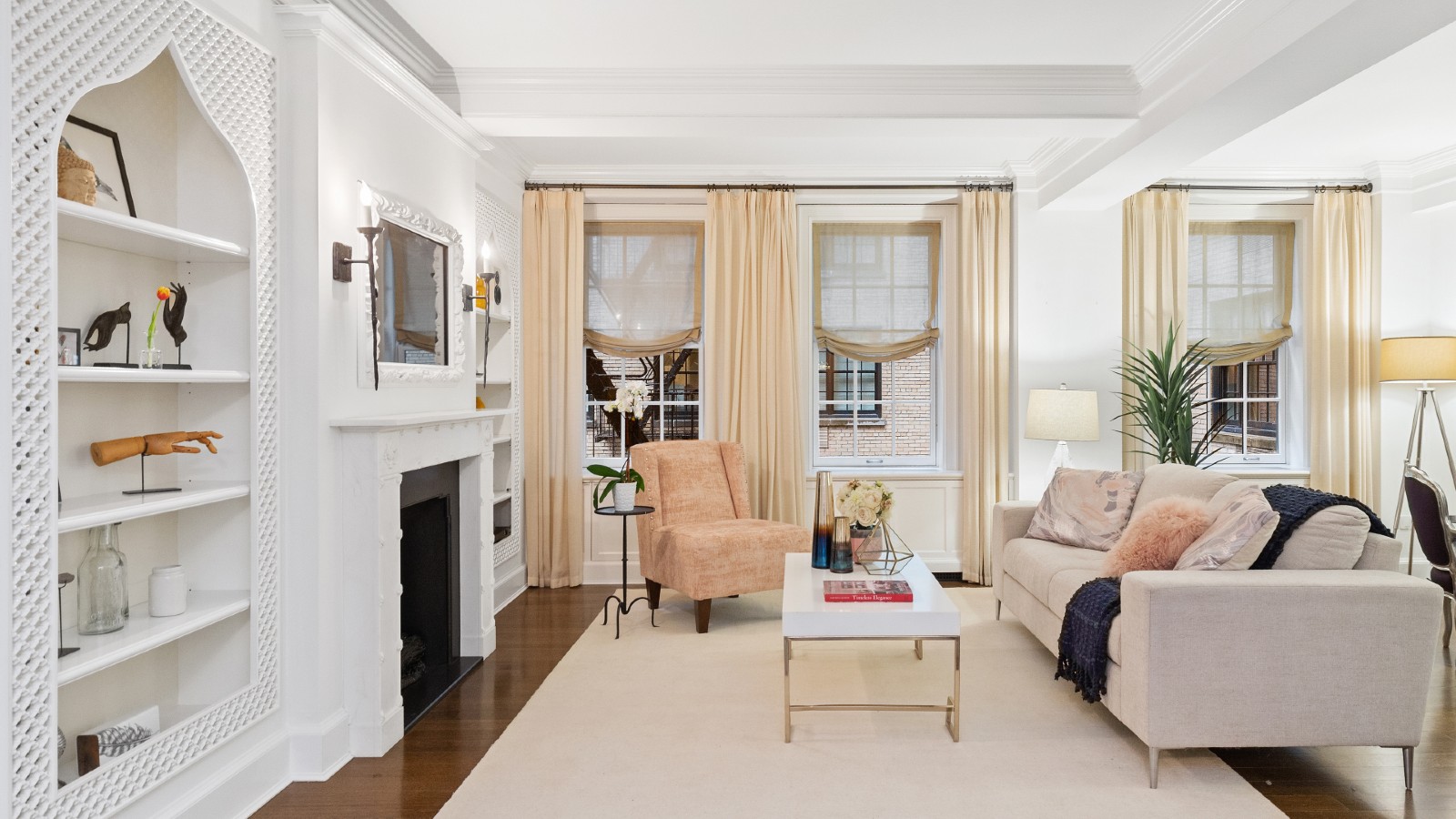
Delving into the positive first, this method has many appealing factors due to its layered nature. Throwing a packing party is more than just tossing everything haphazardly into boxes. It's about a community effort, organizing possessions, decluttering as you go, and gaining a new perspective on what it means to have the amount of stuff you own in your life.
Often one of the hardest aspects of implementing a change or improvement in the home for people is gaining the momentum to start, but with this approach you are surrounded by people who are actively helping you to kickstart that change.
Systematically going around your home and categorizing everything into labeled boxes is additionally a sure-fire way to uncover and potentially declutter items you didn't know you had in your home (as seen in the "didn't know" decluttering method). If you didn't know you had it, you more than likely don't need it.
"The packing party approach to decluttering and organizing allows someone to really crack down on creating streamlined categories in their home," say Jocelyn and Nicole. "Items that have spread across different spaces will finally be placed together, and at the same time duplicates and unwanted items will be readily available to evaluate and discard."
If it has been a long time since you have been in a clutter-free room, placing everything into boxes and getting to feel the ambience of your home's rooms in an almost empty state could serve as a major turning point in your decluttering journey as well.
"Sorting and categorizing can show you what you have, and give a different perspective on what is needed and what is not in a person's life," say Jocelyn and Nicole.
If we're honest with ourselves, there is little we can't live without in life in terms of physical possessions. They may be a source of comfort, 'like' or enjoyment, but they won't be a necessity. Working your way through this method will highlight what is a necessity in your life and what you love most among the surplus will simultaneously become apparent. It isn't about throwing away what you care about, but rather learning what you truly love.
The 'Cons'
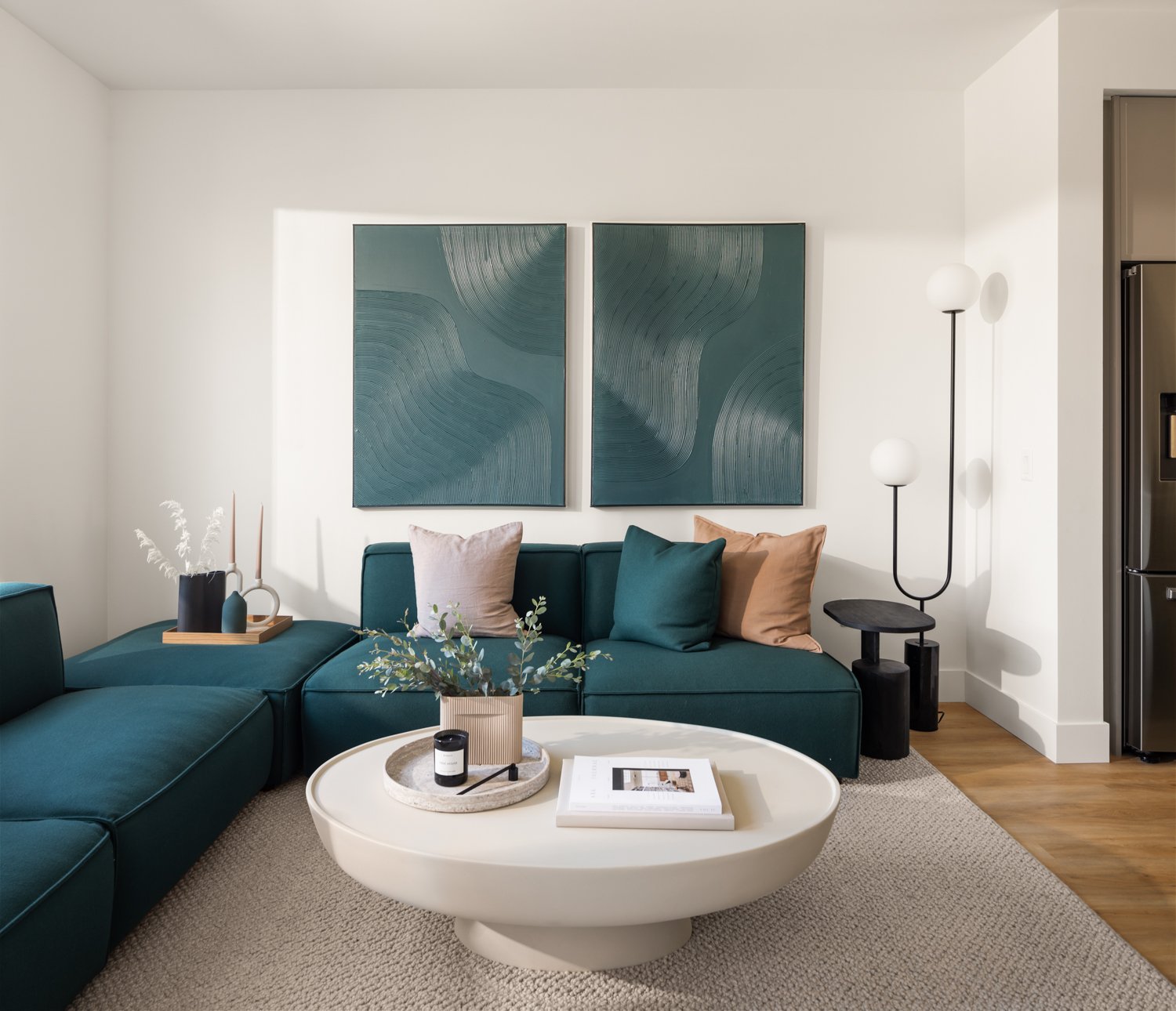
Someone told me once that there isn't a one size fits all approach to decluttering, and I couldn't agree more. There are so many different ways to approach the task, and so many different emotions felt by the people who are approaching it. Therefore, rigid sets of rules, methods, step-by-steps etc might not align with someone's brain.
Emily Guderian, professional organizer and owner at Built To Be Visible, isn't a fan of many popular decluttering methods, including the packing party.
"As a professional organizer, I am not a fan of this method," says Emily. "It feels like it adds in a lot of extra, unnecessary work, taking the complicated process of organizing a space and making it even more complicated."
Emily went on to elaborate on specific aspects of the method that didn't add up. "Not only does the person have to mentally assess the essential items, but they must then go through the additional process of purchasing and assembling and packing boxes for those items that don’t make the “essential” cut. These boxes then need to be stored somewhere, tracked down when needed, and frequently looked through to find things when they are required."
Many people find this approach to be very harsh, too, and it somewhat forces them into living a temporary life of extreme minimalism and non-attachment. The bare essentials won't be in the boxes unless you really want to start out that way, but going from a cluttered space to suddenly nothing can for some be too much at once.
"Organizing is about managing volume and consideration of what you use in the space you use it," says Emily. "It is not a contest to see who can get by on the least or pursue minimizing just for the sake of having fewer items. It doesn't always bring an easier life, and difficult methods like this do not serve people."
Does this method help a person to live with less?
There is no clear cut answer to whether this method will help a person to live with less as it's subjective. If it works for you, that's amazing. But if it doesn't that's fine too!
If the method doesn't work for you or doesn't sound appealing to try, it might be worth reflecting on why and what you feel doesn't align with your vision of decluttering a home.
Do you dislike the idea of uprooting everything in your home as it's a lot of work? Instead you could go around each space and pack up only what you know you don't actively bother with. That way, you won't be digging around in boxes for what you need as frequently, and you can still test out the method on a less extreme scale.
It's about finding what works for you, and if that looks different to what works for someone else, there's nothing wrong with that.
If you're still keen to try the method out, perhaps start with one small room and see if it becomes inconvenient to live from boxes. For some, it's a part of the "game" and games can work wonders if they align with your goal (if they do, why not try out 'the mins game'?), but for others it could become a nuisance.
All the best on your journey ahead.

Ciéra is a writer and regional laureate with particular passions for art, design, philosophy and poetry. As well as contributing to Livingetc, she's an Editorial Assistant for Design Anthology UK and a contributing writer for magazines including Homes & Gardens, Apartment Therapy, Ideal Home, House Beautiful, Gardening Know How, The Sun, and Fabulous. Previous commendations of hers include being Highly Commended by The Royal Society of Literature and receiving a prestigious MA Magazine Journalism scholarship to City, University of London.
